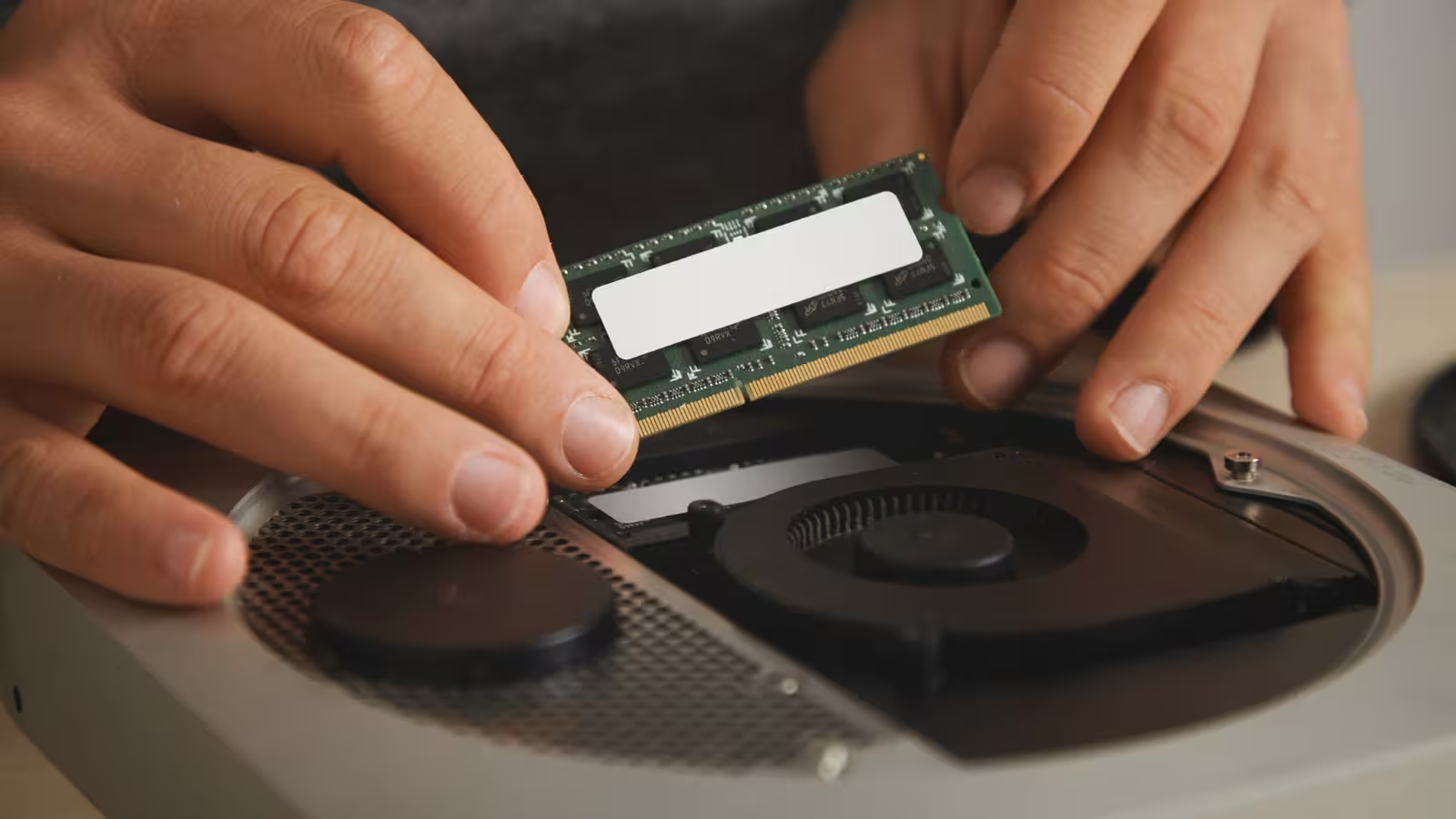3 Minutes
In today’s digital world, selecting the right SSD (Solid State Drive) for your laptop or personal computer can significantly enhance system performance and efficiency. Given the wide range of SSD options on the market, understanding key considerations when choosing an SSD helps you find the best match for your needs and budget.
Introduction to SSD Storage SSD storage represents the next generation of data storage devices. Compared to traditional HDDs (Hard Disk Drives), SSDs offer faster speeds, lower power consumption, and greater shock resistance. By using flash memory chips, SSDs provide rapid data access and, because they lack mechanical parts, deliver superior reliability and speed.
Key SSD Technologies Connectors and Interfaces SSDs come with different interfaces, each offering distinct features and speed levels: • SATA III: The most common SSD interface, offering data transfer speeds of up to 6 Gbps. • NVMe PCIe: Utilizing the NVMe protocol and connecting directly to the motherboard’s PCIe slot, these SSDs provide much higher speeds compared to SATA III.
Form Factors The form factor refers to the physical size and shape of the SSD: • 2.5-inch: Resembling traditional laptop HDDs, ideal for upgrading older systems. • M.2: A compact form factor that connects directly to the motherboard, supporting both SATA and NVMe interfaces. • U.2: Less common, primarily used in servers and professional-grade systems.
Use Cases and Practical Applications The best SSD for you depends on your specific usage: • Everyday Users: For daily tasks like web browsing, video streaming, and office work, a SATA III SSD with 256GB to 512GB of storage capacity is sufficient. • Gamers: For smooth gameplay and faster loading times in demanding games, a 1TB or larger NVMe SSD is recommended. • Content Creators: For 4K video editing and handling large files, high-capacity NVMe SSDs with fast read/write speeds are ideal.
Expert Insights and Industry Trends Experts recommend considering these important factors before purchasing an SSD: • System Compatibility: Ensure your motherboard supports the SSD type and interface you intend to use. • Required Capacity: Choose an SSD with enough storage for your current and future needs. • Brand and Warranty: Opt for reputable brands and look for solid warranties and after-sales support.
The latest trends show growing adoption of high-speed NVMe SSDs with PCIe 4.0—and even PCIe 5.0—interfaces, delivering unprecedented data transfer rates.
Advantages, Challenges, and Future Outlook Advantages: • High Speed: Experience faster boot times and quicker application and file loading. • Lower Power Consumption: Extends battery life in laptops. • Shock Resistance: Greater data protection in case of drops or impacts.
Challenges: • Higher Cost: SSDs remain more expensive than traditional HDDs. • Limited High-Capacity Options: High-capacity SSDs are still significantly pricier compared to large HDDs.
Future Outlook With ongoing technological advancements, SSD prices are expected to decrease while higher capacities become more affordable. The evolution of faster interfaces like PCIe 5.0 and improved flash memory technologies will continue to boost SSD performance.
Conclusion Choosing the right SSD involves a clear understanding of your needs, budget, and system compatibility. By applying the tips and information in this SSD buying guide, you can confidently upgrade your laptop or PC for enhanced speed and reliability.
Source: ding



Comments